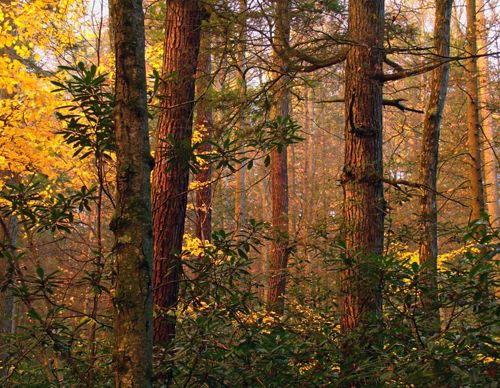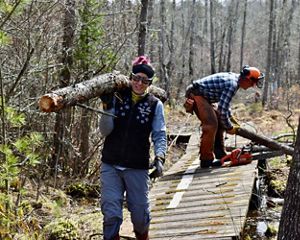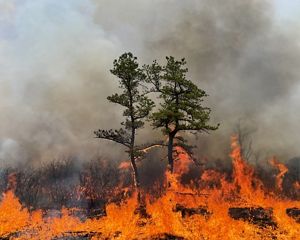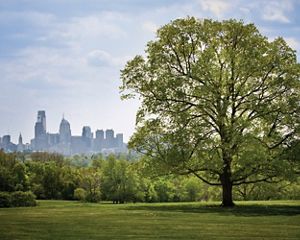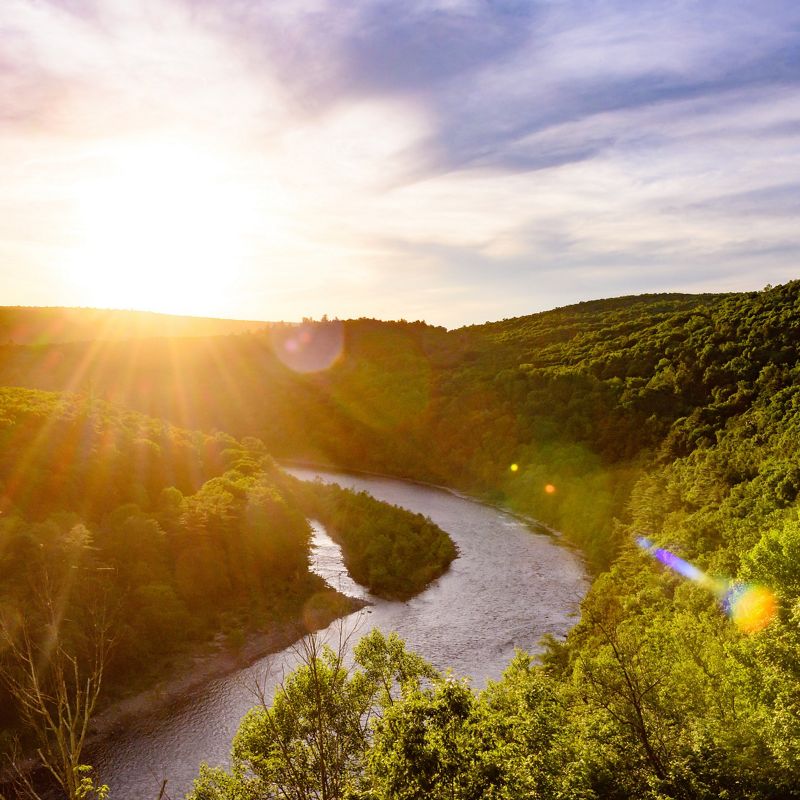
Celebrating 50 Years of Conservation in Pennsylvania
Honoring Nature, Progress, and the People Who Made It Possible.
This year marks a milestone—50 years of The Nature Conservancy’s conservation work in Pennsylvania. Thanks to the vision and dedication of our supporters, partners, and staff, we’ve made lasting impacts on the communities we call home and the places we all cherish.
Our journey began in 1956 with the protection of Woodbourne Forest. Since then, we’ve safeguarded over 109,000 acres and 11 public preserves offering hiking, mountain biking, and birding. Explore the timeline below to see how our work has evolved and how we’re continuing to shape a more resilient future for people and nature.
-
109K +
Acres Protected
-
11
Public Preserves
-
44
Conservation Easements
-
~90
Tracts of Public Lands TNC Helped to Protect or Expand
Our Conservation Journey: 50 Years of Impact in Pennsylvania

1956
TNC protects its first preserve in Pennsylvania, the Woodbourne Forest Preserve, an area containing the largest remaining old-growth forest in northeast Pennsylvania.
1957
Tannersville Cranberry Bog Preserve, a geological remnant of a long-ago ice age, is established.
1973
TNC protects 2,507 acres in Cumberland County, establishing King’s Gap, a scenic and ecologically rich landscape that would become a cornerstone for environmental education and forest conservation in south-central Pennsylvania.
1974
Tannersville Cranberry Bog Preserve is designated a National Natural Landmark, recognizing its exceptional ecological value and rare boreal bog habitat in the heart of the Poconos.
1975
A New Chapter Begins: The Nature Conservancy officially establishes its Pennsylvania Chapter, marking the start of a powerful legacy in conservation across the Keystone State.
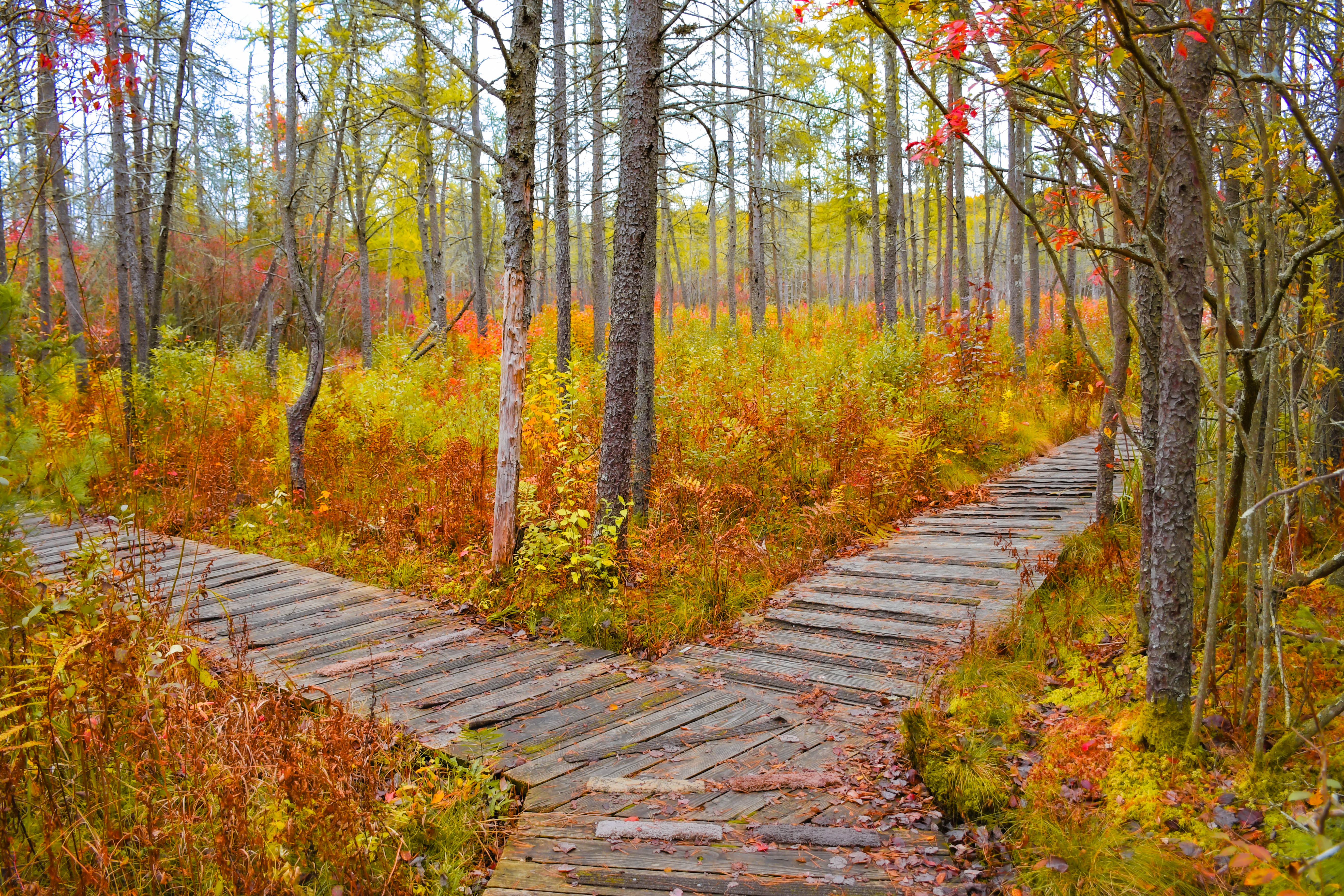
Accomplishment Highlight:
Tannersville Cranberry Bog
1957 was an important year as TNC acquired the Tannersville Cranberry Bog, a 1,000-acre preserve nestled in the heart of the Poconos. This remarkable site is one of Pennsylvania’s most unique ecosystems, formed over 10,000 years ago by glacial activity. Today, it serves as a living museum of the Ice Age, home to an extraordinary array of flora and fauna—including carnivorous plants, rare orchids like the rose pogonia and the state-endangered heart-leaved twayblade, and boreal species typically found much farther north.
The bog is the southernmost low-elevation boreal bog on the eastern seaboard, making it ecologically significant and irreplaceable. Over the decades, TNC has worked closely with partners such as the Kettle Creek Environmental Education Center, Pocono Township, and the Pennsylvania Department of Conservation and Natural Resources to protect and steward this fragile landscape. The bog acts like a giant sponge, absorbing rain and runoff, filtering pollutants, and helping to maintain water quality throughout the Pocono Creek watershed.
Public access is carefully managed to preserve the bog’s delicate environment. While the North Woods and Fern Ridge Trails are open to visitors, the iconic floating boardwalk trail is accessible only through guided tours led by environmental educators.
Protect Nature With Us!
Sign up for the latest conservation news and updates on how you can help protect Pennsylvania’s lands and waters.
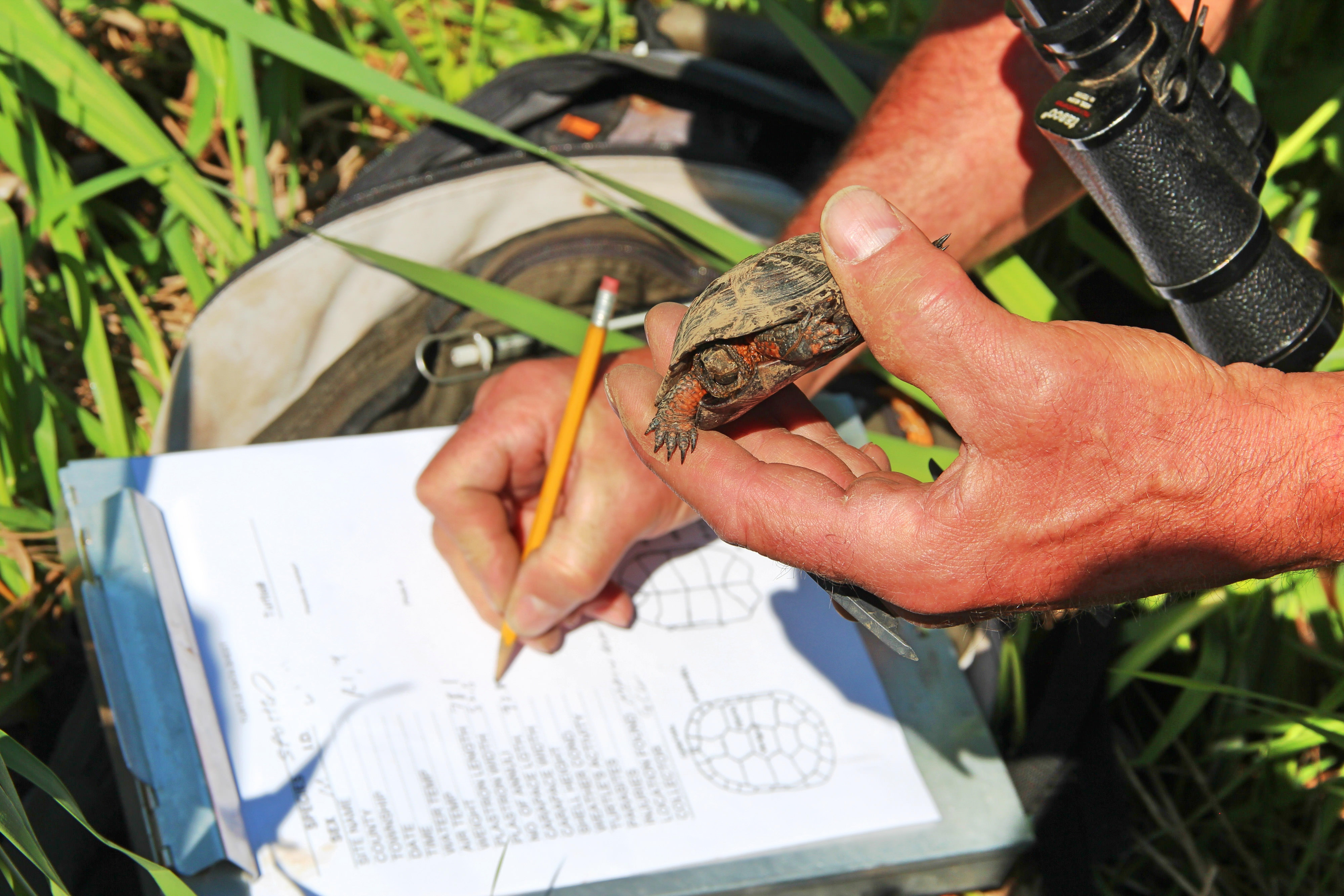
1978
TNC safeguards 976 acres along the scenic Loyalsock Creek, laying the groundwork for decades of watershed and wildlife protection in northeastern Pennsylvania.
1982
TNC protects 2,315 acres, establishing the State-Line Serpentine Barrens, which contains some of the last major remnants of serpentine grassland in eastern North America.
1987
TNC completes its first project on Pocono Plateau, protecting a key stopover for migratory wildlife.
1990
The Acopian Preserve is established and TNC begins work to restore this ideal habitat for one of the state’s most important populations of federally endangered bog turtles.
1992
TNC safeguards 913 acres in Mount Holly Marsh, protecting critical wetlands and wildlife habitat in Cumberland County.
1993
TNC plays a leading role in enacting legislation to establish the Keystone Recreation, Park and Conservation Fund, one of Pennsylvania’s most significant and enduring sources of funding for land conservation, outdoor recreation, and historic preservation.
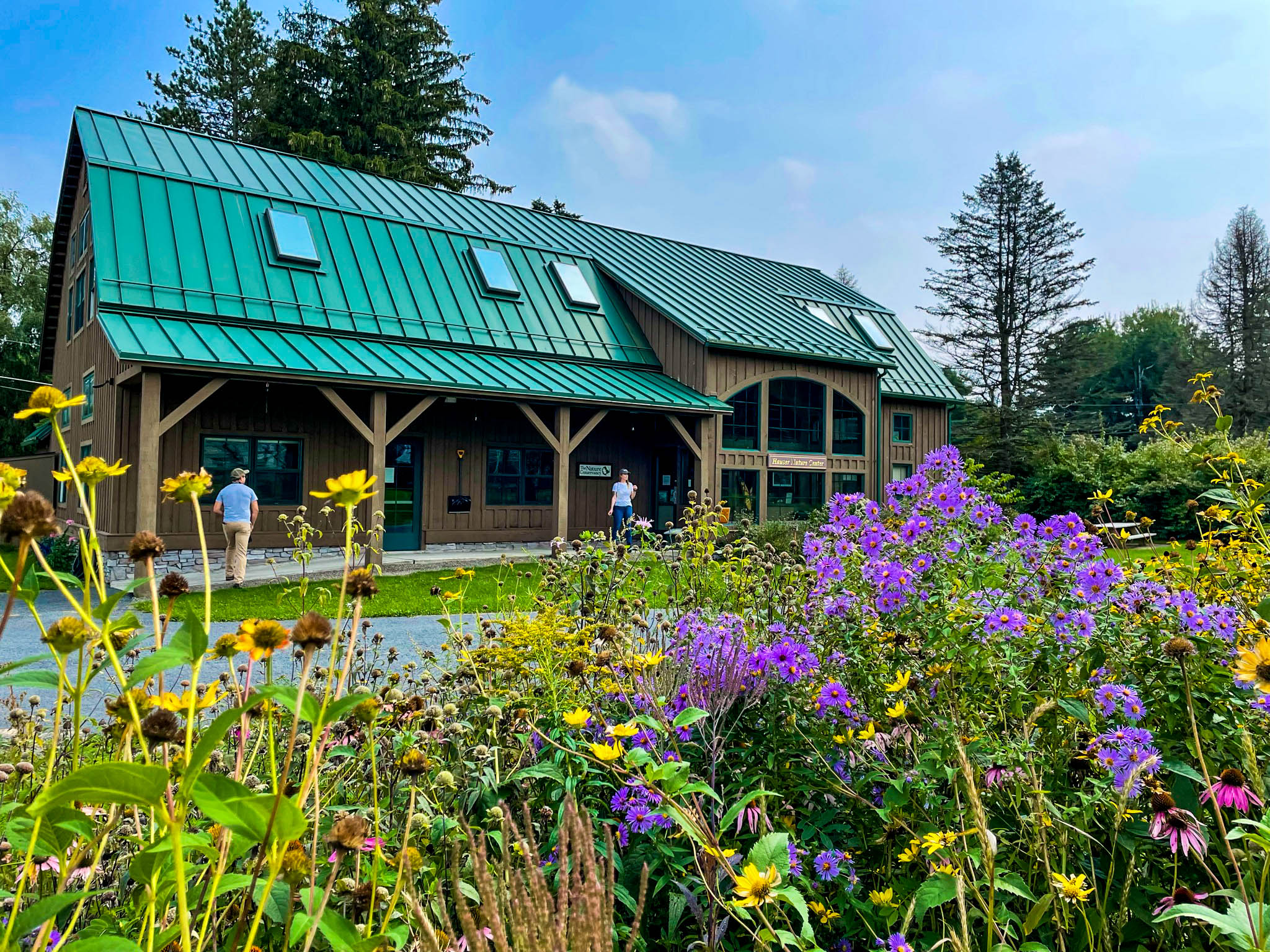
1998
TNC opens a field office at Fort Indiantown Gap–National Guard Training Center, and The Monroe County Open Space Initiative is passed.
2001
Hauser Nature Center, a part of TNC's Long Pond Preserve Complex, opens to the public.
2002
TNC protects 2,256 acres in Lackawanna County, establishing the Eales Preserve at Moosic Mountain.
2004
The first meeting between partners interested in developing a statewide prescribed fire council takes place. The meeting includes: Bureau of Forestry, Natural Lands, National Wild Turkey Federation, and Pennsylvania Game Commission.
2005
TNC is instrumental in securing voter approval of a $625 million bond to expand the Growing Greener program, one of the largest investments in Pennsylvania’s history for conserving open space, restoring waterways, and revitalizing communities.
2008
TNC works with partners to help establish Cherry Valley National Wildlife Refuge, one of Pennsylvania’s most ecologically diverse landscapes.
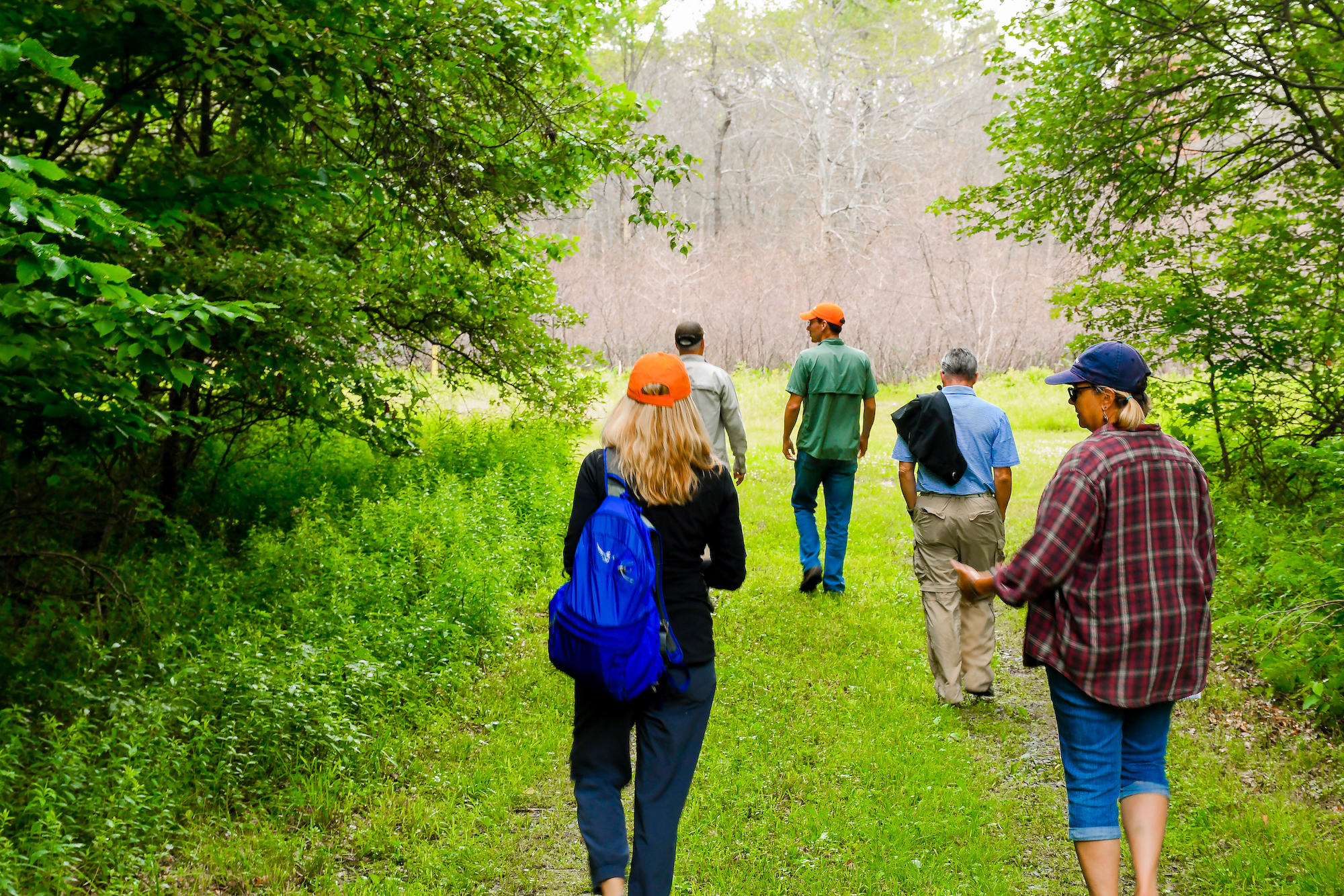
Accomplishment Highlight:
The Long Pond Nature Complex
Since opening the Hauser Nature Center to the public in 2001, The Nature Conservancy has continued to protect the surrounding Pocono Mountains, an essential stopover for migratory birds.
In 2024, we proudly unveiled the Universal Access Trail at Hauser Nature Center, located in a region that holds Pennsylvania’s highest concentration of globally rare species. This first-of-its-kind trail in the Poconos makes nature more accessible than ever, inviting people of all abilities to experience the unique beauty of this landscape.
The trail is part of the larger Long Pond Preserve complex, a 12,000-acre mosaic of bogs, swamps, marshes, and forests along the southeastern edge of the Pocono Plateau. Managed by TNC, this ecologically rich area includes the Hauser Nature Center, Cathy’s Trail, and the Long Pond Barrens. It supports an extraordinary diversity of wildlife, including rare butterflies, moths, and birds, and is recognized as one of the most biologically significant natural areas in Pennsylvania.
Through partnerships with organizations like the Pennsylvania Game Commission, TNC has implemented innovative conservation strategies here, including the use of prescribed fire to restore over 2,000 acres of barrens habitat. These efforts ensure that the preserve remains a thriving sanctuary for both wildlife and people.
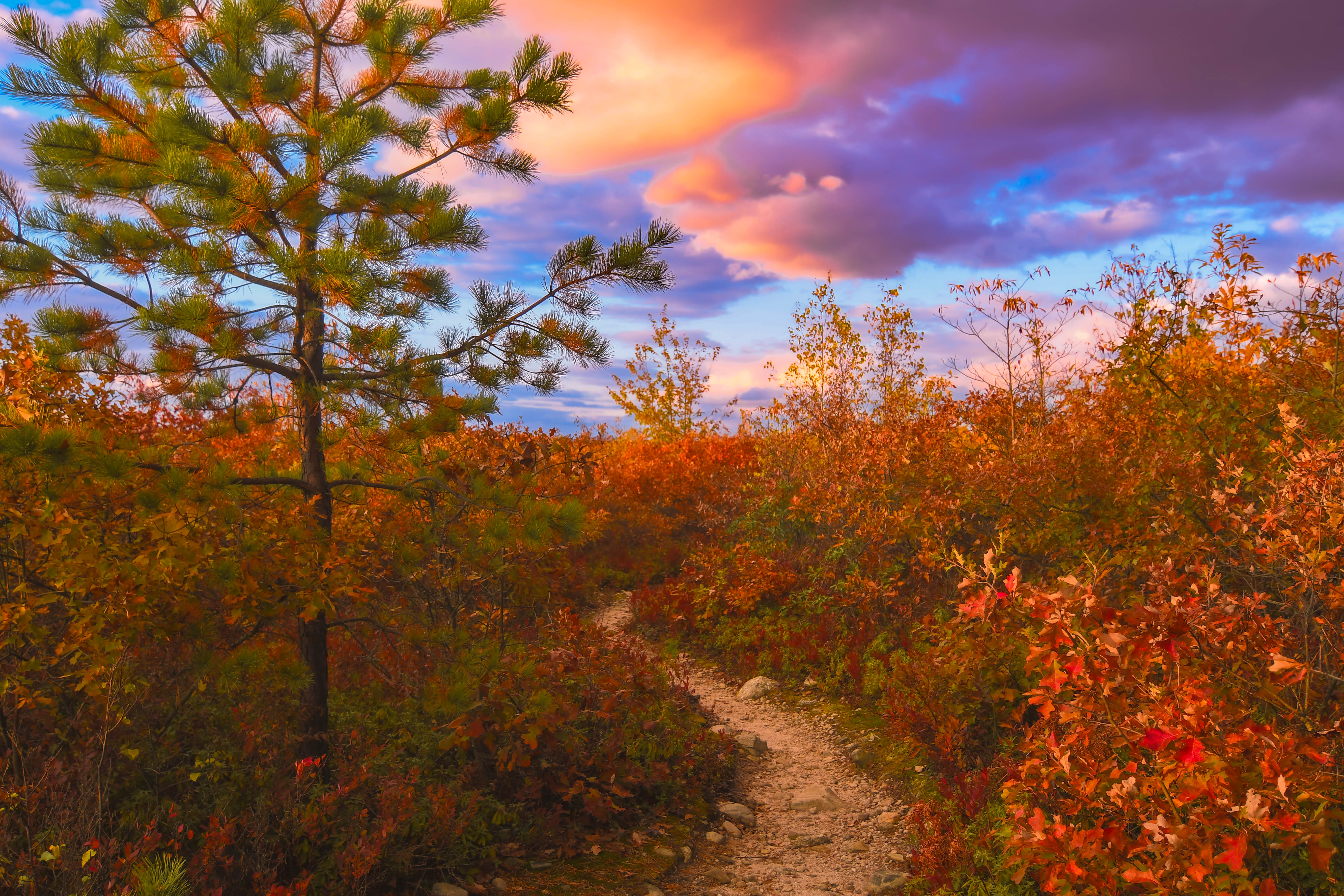
Accomplishment Highlight:
Eales Preserve
In 2002, TNC took a major step in conservation by acquiring 1,200 acres in the heart of Moosic Mountain, land that was previously slated for development. This purchase helped protect sensitive mountaintop habitats and safeguard local water quality.
The preserve grew even larger in 2009, expanding to 2,250 acres. It quickly became a premier destination for outdoor enthusiasts, offering hiking trails with sweeping views of northeastern Pennsylvania. The area is recognized as one of the best locations in the northeastern U.S. for ridge-top heath barrens and features 12 miles of mountain biking trails with a 1,000-foot elevation gain.
In 2021, TNC partnered with Individual Abilities in Motion (I AM) to enhance accessibility. Together, they installed a new gate at the trailhead, allowing individuals using mobility devices to more easily enjoy the preserve.
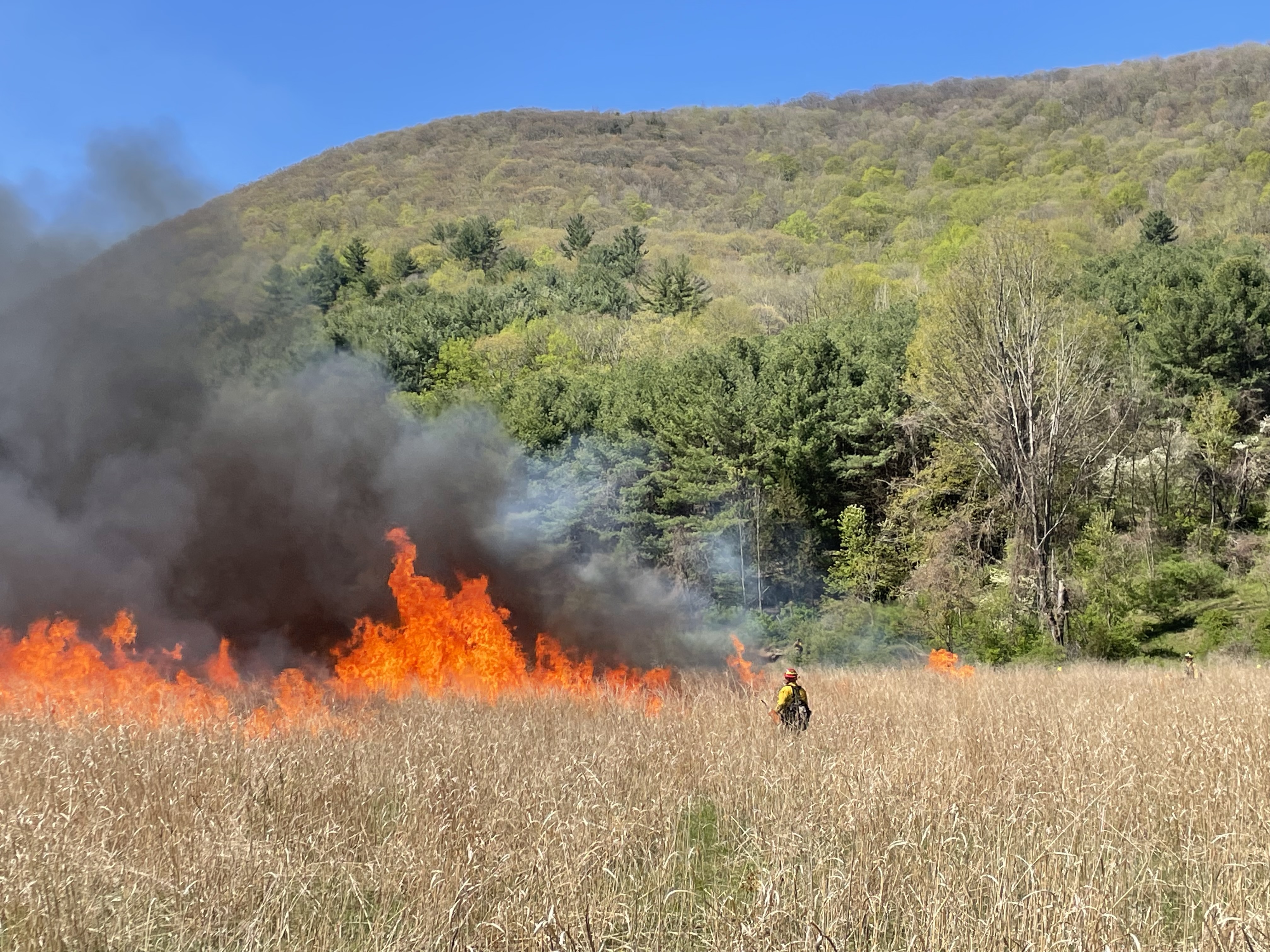
2008
The first Pennsylvania Prescribed Fire Council meeting is held in State College with an attendance of over 200 people.
2009
TNC leads a successful effort to enact state legislation enabling prescribed fire as an ecological management tool and led the first prescribed fire on state game lands. In October, we signed a Fire Grant with the Game Commission that funded our prescribed fire efforts and assisted in developing the Game Commission’s prescribed fire program.
2010
TNC publishes a pioneering study forecasting cumulative impacts of energy development and protects 9,396 acres of Elk Timberlands.
2011
TNC conducts the state’s first aerial ignition prescribed fire at Fort Indiantown Gap and launches our first forest carbon project with the Bethlehem Authority, protecting 22,387 acres in the largest private conservation agreement in state history, and completes a Delaware River floodplain assessment to guide restoration and flood mitigation.
2012
TNC partners with the Army Corps of Engineers to improve dam operations for habitat in the Monongahela and Allegheny Rivers. Based on our flow analysis for river health, the Susquehanna River Basin Commission adopts a new water withdrawal policy.
2013
TNC protects 5,239 acres with the Lock Haven Authority in Clinton County and launches a partnership with the U.S. Forest Service and others to save Pennsylvania’s state tree, the Eastern Hemlock, from invasive insects across Forest, Warren, McKean, Elk, and surrounding counties.
2014
TNC removes a dam on Little Cove Creek (Franklin County), launching an initiative to improve stream habitat and water quality in the Chesapeake Bay watershed.
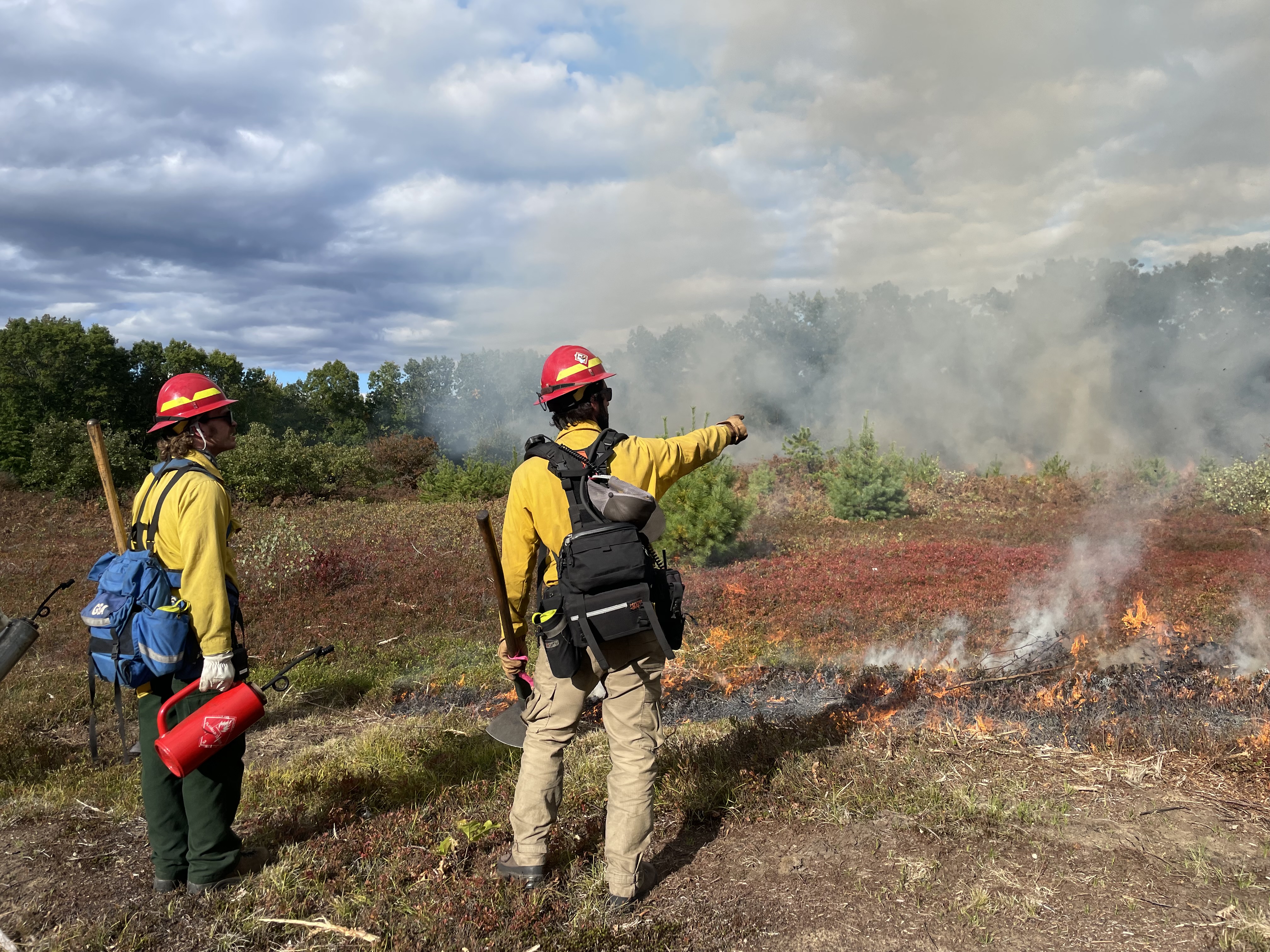
Accomplishment Highlight:
Prescribed Burning
In 2009, TNC played a pivotal role in championing legislation that formally recognized prescribed fire as a legitimate and essential forest management tool in Pennsylvania. This landmark policy shift provided legal protections for trained practitioners, enabling land stewards to safely and effectively use fire to restore ecological balance.
Since the legislation was passed, hundreds of acres across Pennsylvania have benefited from prescribed fire. TNC’s fire crews, often working in collaboration with state agencies, local fire departments, and private landowners, have restored critical habitats for grassland birds, pollinators, and other wildlife. The program has also become a model for cross-state collaboration, with fire teams sharing expertise and resources across the Mid-Atlantic region.
This proactive approach to land management not only enhances biodiversity but also builds more resilient landscapes capable of withstanding the growing threats of climate change and wildfire.
Quote: Carol Collier
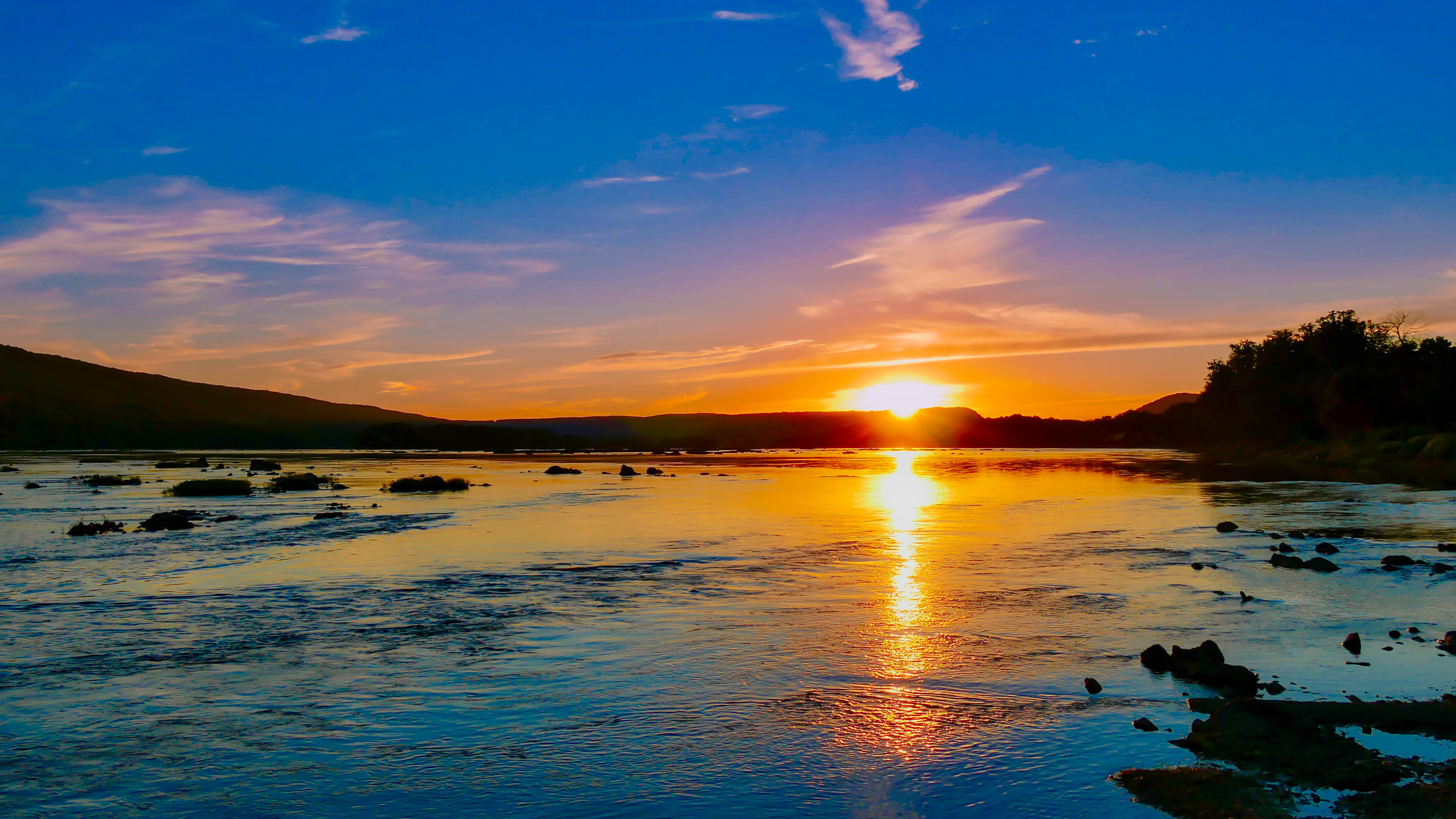
2015
TNC completes the creation of an innovative software tool to reduce land and water impacts from shale gas/oil development.
2016
TNC conducts the first prescribed fire on a preserve led by a Pennsylvania Game Commission Burn Boss and completes the first phase of an 8,136-acre conservation easement with Capital Region Water along the Kittatinny Ridge in Dauphin County.
2017
TNC acquires its first parcel at Cove Mountain, 350 acres along the Kittatinny Ridge, one of Pennsylvania’s most biodiverse wildlife corridors.
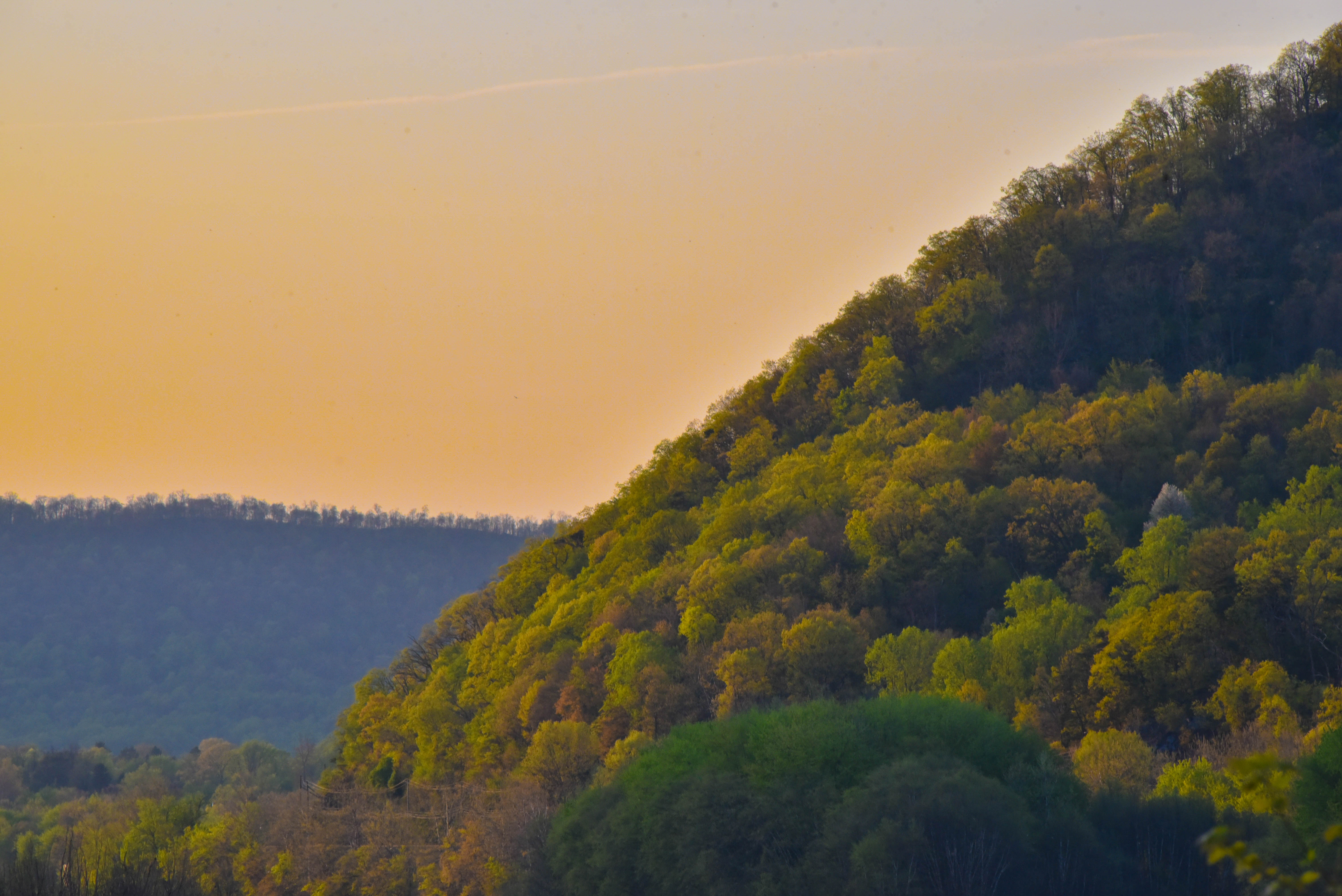
Accomplishment Highlight:
Hamer Woodlands at Cove Mountain
Our work at Cove Mountain Preserve is a shining example of landscape-scale conservation in action. What began in 2007 with the protection of 350 acres has grown into a 1,550-acre preserve as of 2021, thanks to a landmark land acquisition that filled a critical gap in the Kittatinny Ridge corridor. This expansion created a continuous 14-mile stretch of protected land along one of Pennsylvania’s most ecologically significant landscapes.
The Kittatinny Ridge, part of the Appalachian Mountain chain, is a globally recognized migratory corridor for birds and other wildlife. It provides vital habitat for species like the state-threatened Allegheny woodrat and serves as a natural highway for animals adapting to climate change. The ridge’s diverse topography—steep slopes, ravines, and varied soil types—creates a mosaic of microclimates that support rich biodiversity and allow species to move freely in search of suitable habitat.
The expansion of Cove Mountain not only protects critical wildlife habitat and clean water for the Susquehanna River but also enhances public access to nature. The preserve offers hiking, birdwatching, and seasonal hunting opportunities, all within a short drive of Harrisburg. It also preserves an iconic Pennsylvania viewshed, ensuring that future generations can enjoy the scenic beauty of this treasured landscape.

2018
TNC secures a 2,376-acre conservation easement on Hawk Mountain Sanctuary in Berks and Schuylkill counties, and expands work with Pennsylvania farmers through a new partnership with the Mid-Atlantic 4R Nutrient Stewardship Association and the Pennsylvania 4R Alliance.
2019
TNC partners with Tröegs Independent Brewing to launch Trail Day beer, a limited release supporting conservation along the Kittatinny Ridge. In Philadelphia, TNC begins its first green stormwater infrastructure (GSI) project at Holmesburg Baptist Church, launching the GSI Initiative.
2021
TNC expands the Cove Mountain Preserve to 1,550 acres, strengthening protection along the Kittatinny Ridge, and removes the O’Connor Dam to restore natural stream flow and improve aquatic habitat at Eales Preserve.
2022
TNC helps found the Resilient Communities Stormwater Initiative (RCSI), a coalition of environmental and community groups advancing urban conservation solutions to benefit both nature and people in Philly and beyond. Members include Clean Water Action, the Academy of Natural Sciences, Greenprint Partners, Hinge Collective and PEER Environmental.
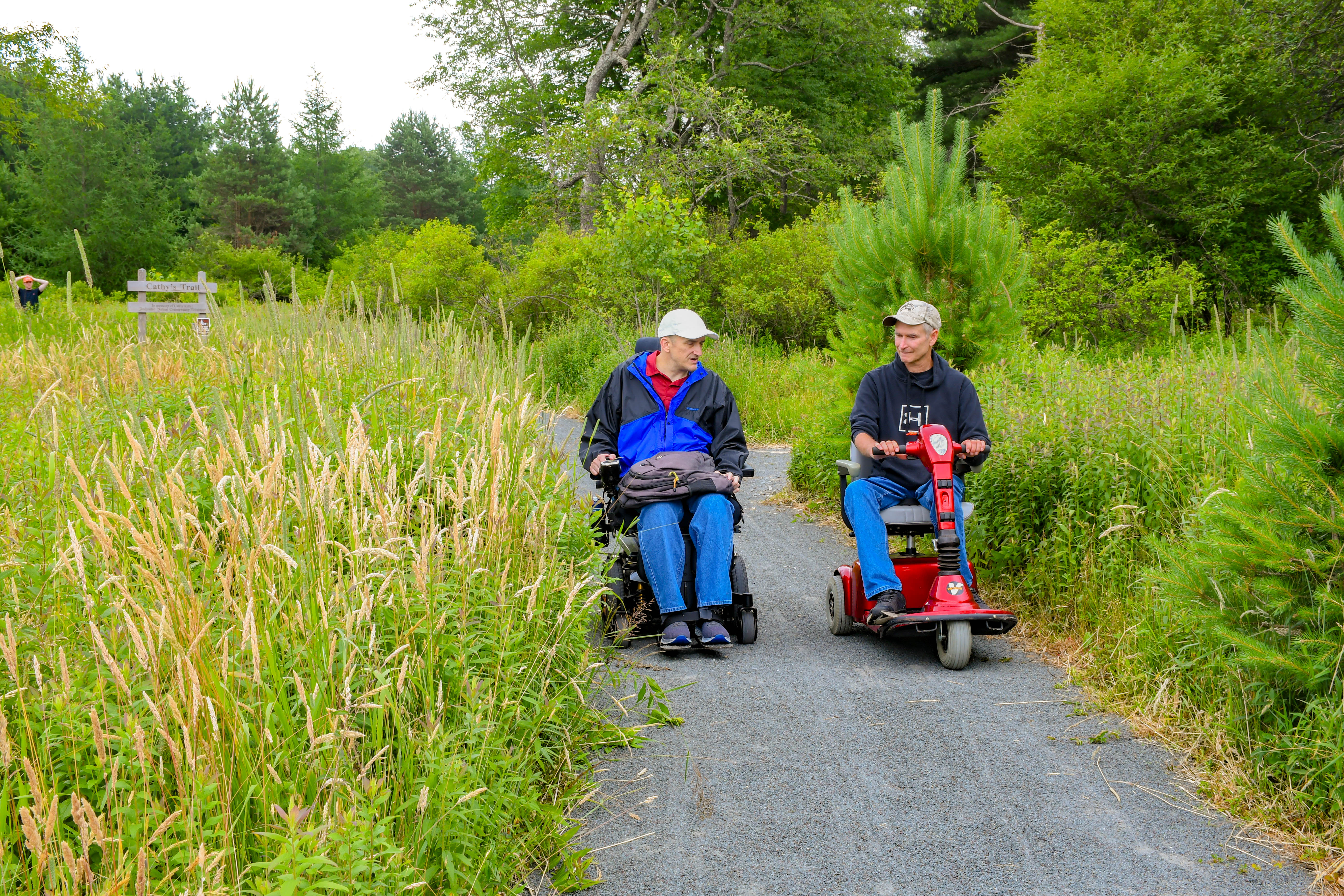
2023
TNC finalizes Pennsylvania’s Certified Prescribed Burn Manager Program, empowering private landowners to use fire to restore habitats. In Philadelphia, TNC completes a GSI project at Esperanza Community Center and launches a high-resolution urban heat map and analysis to address extreme heat.
2024
TNC unveils the Universal Access Trail at Long Pond, expanding inclusive access to one of Pennsylvania’s most ecologically significant landscapes. The trail invites people of all abilities to experience the unique beauty and biodiversity of this globally rare habitat.
2025
TNC has a landmark year for land protection, helping conserve 6,173 acres across seven projects, including 42 acres of natural wetlands, seven miles of headwater streams, and our largest land acquisition along the Allegheny Front in PA–a landscape running more than 2K miles across the Central Appalachians that serves as a vital migration route.
2025 Cont.
Long Pond Preserve is named Philly’s Best Day Trip by The Inquirer in April. In June, TNC launches the Long Pond Birding Trail. The urban conservation team introduces the GSI Impact Hub, a digital platform helping stormwater professionals measure and promote green infrastructure benefits.
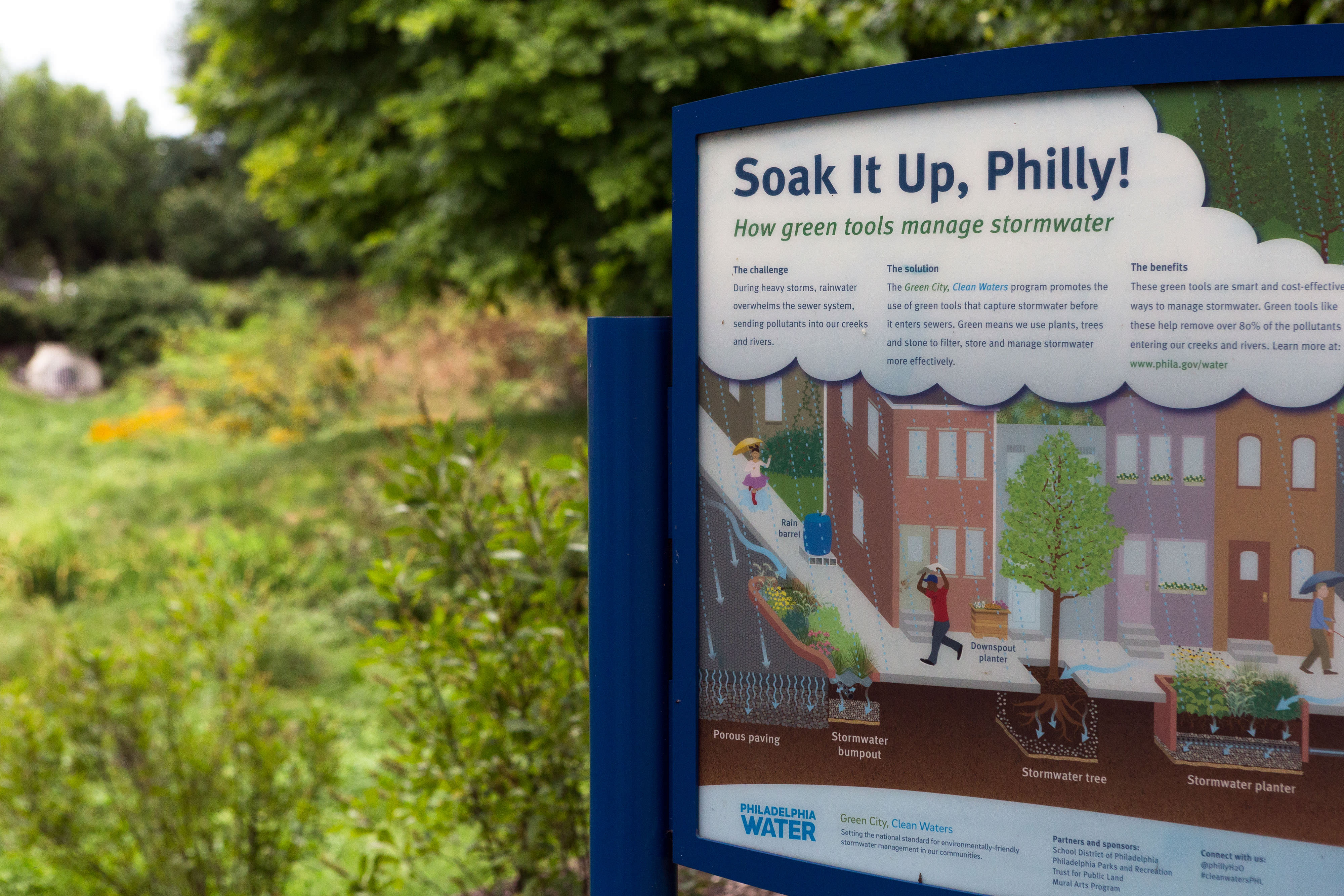
Accomplishment Highlight:
Urban Conservation in Philadelphia
In Philadelphia and beyond, we are advancing urban conservation strategies that make cities more livable and resilient. Through nature-based solutions like green stormwater infrastructure, urban heat mapping, and tree planting, TNC is helping to reduce flooding, cool neighborhoods, and improve air quality. By partnering with local communities and organizations, we are ensuring that these efforts are community-centered, addressing both environmental and social challenges. From the Resilient Communities Stormwater Initiative to interactive tools like the Philadelphia Urban Heat Map and the GSI Impact Hub, TNC’s work is creating healthier environments where both people and nature can thrive.
As we look ahead, we remain committed to tackling climate change and protecting our lands and waters through science-based strategies, strong partnerships, and by inspiring the next generation of conservation leaders.
Together, we’re building a more resilient, sustainable future for Pennsylvania’s people, places, and wildlife.
Be Part of the Next Chapter
Our supporters have made conservation possible. Your gift today helps protect the lands and waters that make Pennsylvania home for everyone. Join us in shaping the next 50 years of impact.





